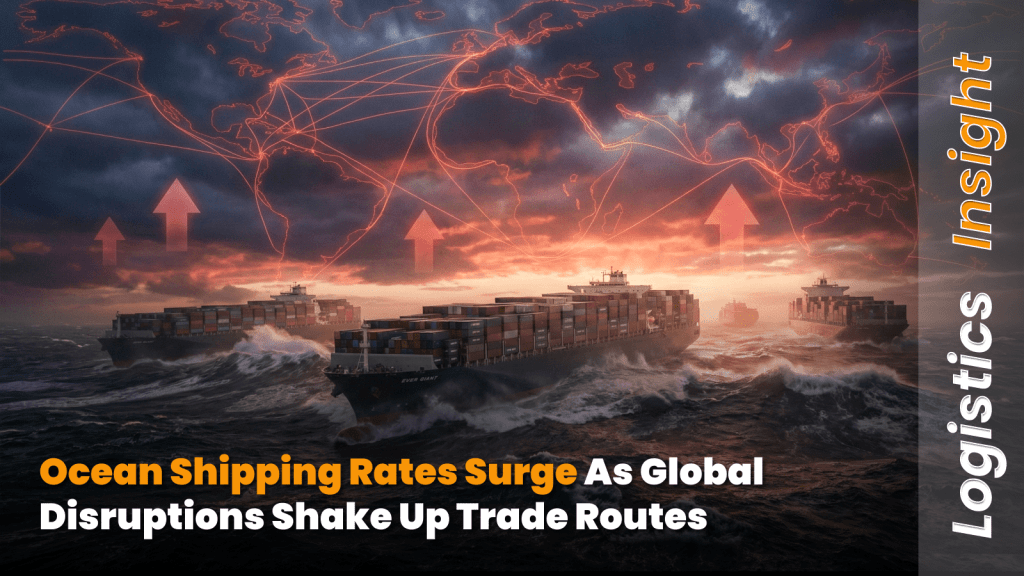
Tariffs and Uncertainty Create Rare Growth Opportunity for 3PLs
Amid growing global trade uncertainties and the impact of U.S. tariffs, third-party logistics (3PL) providers are emerging as vital players in modern supply chains, according to the latest CSCMP State of Logistics Report for 2025.
While challenges persist, especially in the wake of geopolitical tensions and volatile shipping conditions, these disruptions are creating new avenues for growth. The report emphasizes that to fully capitalize on this environment, 3PLs must strengthen ties with less-than-truckload (LTL) and last-mile carriers, diversify their logistics strategies, and adopt innovative technologies.
Why 3PLs Are in the Spotlight
The volatility triggered by ongoing tariff changes has made logistics more complex and unpredictable. Shippers who once managed logistics in-house are increasingly turning to 3PLs for comprehensive, end-to-end solutions that offer agility and cost control. According to the report’s authors, the role of 3PLs is no longer just about moving goods — it’s about delivering visibility, strategic contingency planning, and alternative routing.
A Push Toward 4PL Integration and Advanced Capabilities
Lead author Korhan Acar, a partner at Kearney, the firm that developed the report, noted that the complexity of supply chains in 2025 requires a shift toward more advanced logistics models, including fourth-party logistics (4PL). These providers act as the central hub for managing an entire supply chain, offering orchestration services and enhanced visibility.
Penske Logistics, a sponsor of the report, highlighted that 4PL services act as a “big umbrella,” integrating diverse supply chain activities into a unified strategy. This approach is crucial in navigating today’s fragmented and rapidly evolving logistics landscape.
Meeting Last-Mile and E-Commerce Demands
With the rapid rise of e-commerce, the customer experience is now a key battleground. This shift means 3PLs must expand beyond traditional intermodal operations and invest in local fulfillment and last-mile delivery capabilities. Fast, reliable delivery is no longer optional — it’s expected.
To meet these demands, the report advises logistics providers to deepen their collaborations with both LTL and last-mile carriers. Doing so will help meet growing consumer expectations for same-day or next-day delivery without inflating costs.
Cost Efficiency Through Technology
While expanding services is essential, maintaining cost efficiency remains a top priority for shippers. Advanced technologies — particularly artificial intelligence (AI) — can help logistics providers strike this balance. From demand forecasting to inventory management, AI is enabling smarter, faster decisions across the supply chain.
The report also underscores the value of warehouse automation. Multi-tenant warehouses with pallet distribution and each-pick capabilities can play a significant role in streamlining operations and driving down fulfillment costs.
A Defining Year for 3PL Evolution
As the logistics sector grapples with shifting trade policies and global disruptions, 2025 marks a pivotal moment for third-party logistics providers in the U.S. By rethinking traditional service models, leveraging technology, and building strategic carrier partnerships, 3PLs can turn uncertainty into long-term advantage.




Comments are closed